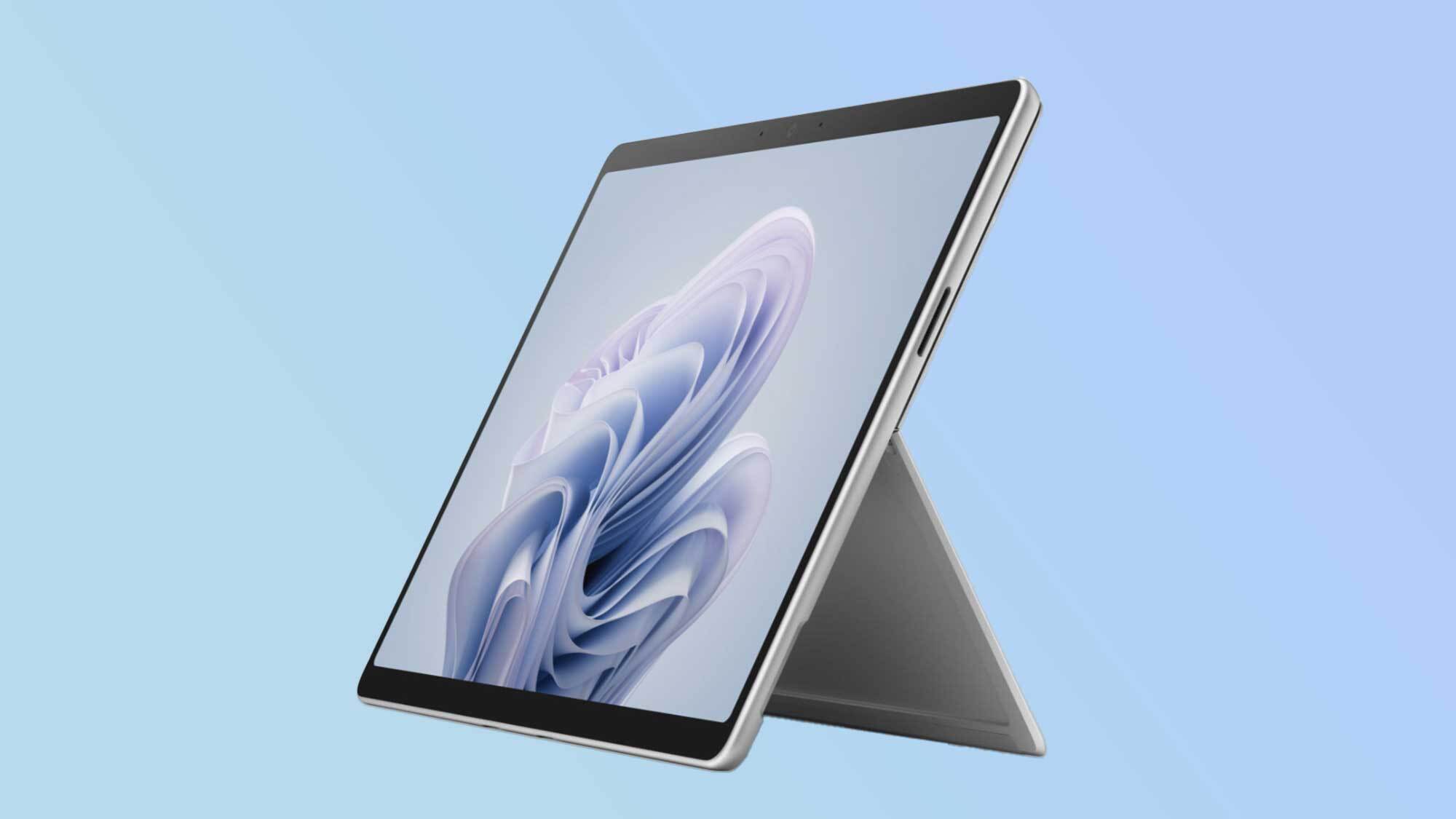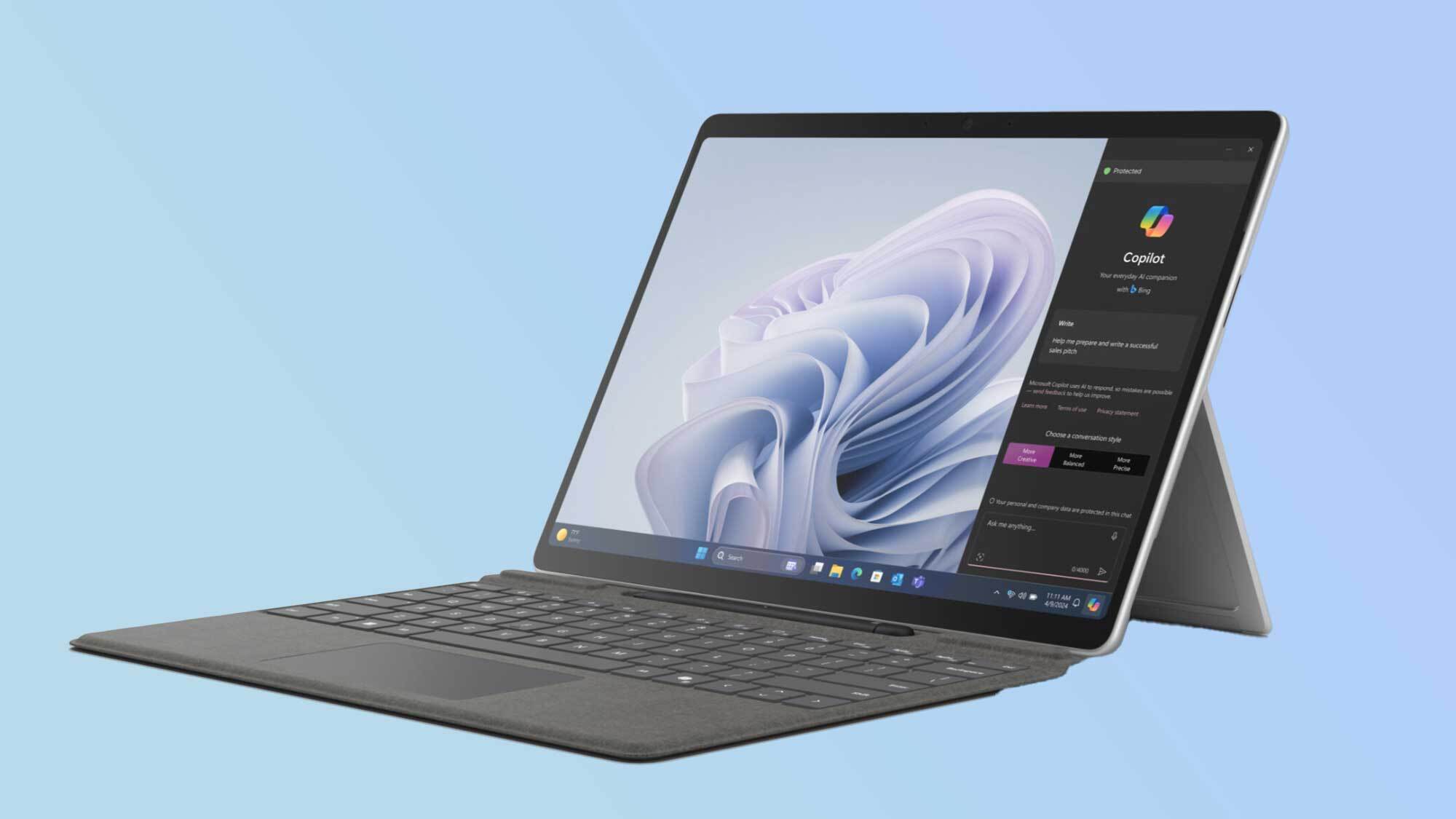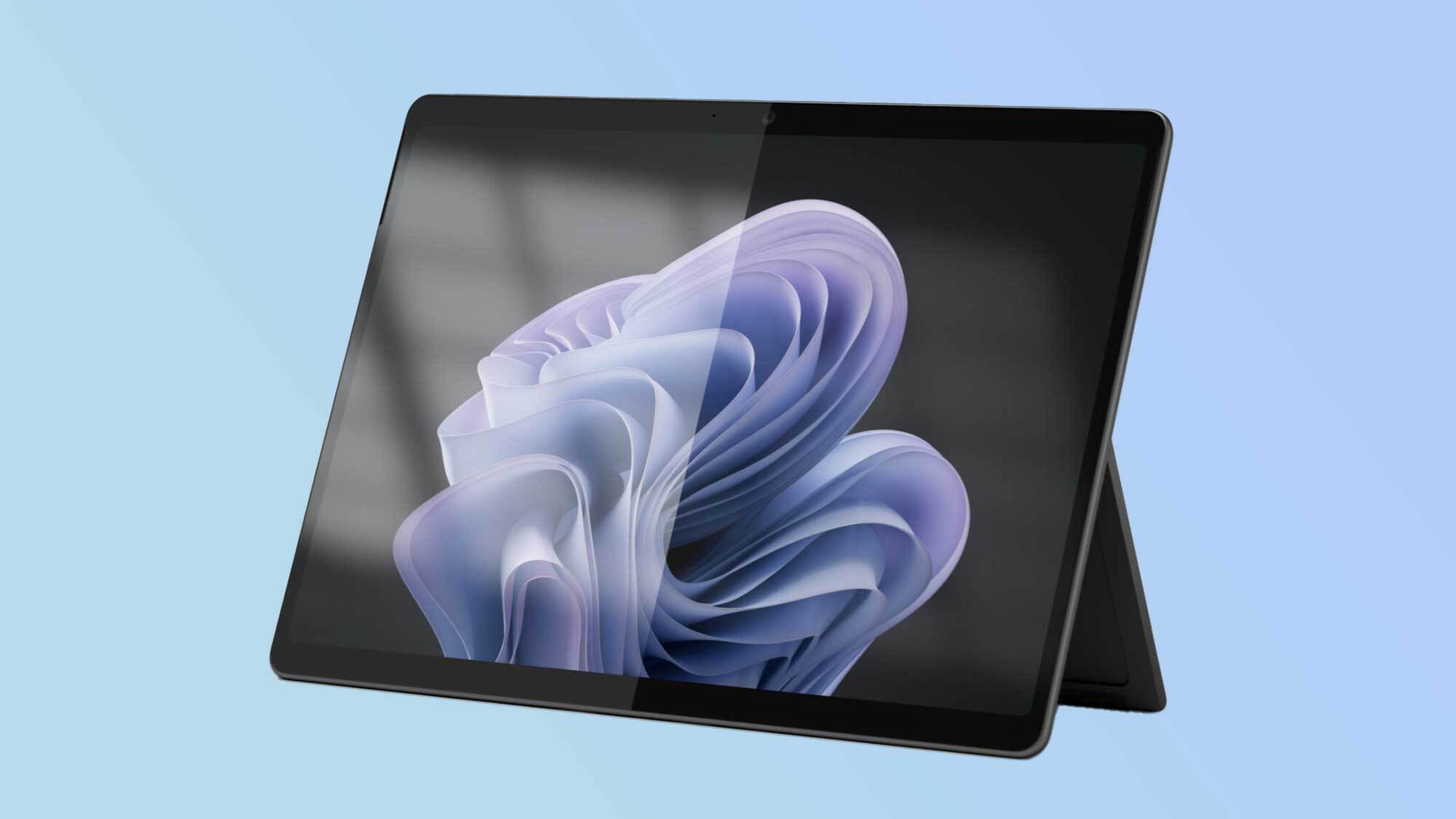Microsoft Surface Pro 10 availability, price, specs, Copilot+ and more
The Surface Pro 10 brings changes to this line of Microsoft-designed 2-in-1 Windows machines

The Microsoft Surface Pro 10 is available now. During a business-focused event, the Redmond-based company unveiled the Surface Pro 10 and what the updated machine has to offer. While it’s not wildly different from the Microsoft Surface Pro 9, the spec bump and improved webcam are welcome additions.
Though we only saw the business model of the Surface Pro 10 at the event, the company released the consumer-focused Microsoft Surface Pro 11 in June of 2024. Both feature the latest Intel and Qualcomm laptop CPUs and slight redesigns over their predecessors. Beyond that, we’re largely getting the same device as before.
Here’s everything we know about the Microsoft Surface Pro 10.
Microsoft Surface Pro 10: Price and availability
The Microsoft Surface Pro 10 is marketed to business customers. Various configurations are available at the Microsoft Store Online and through Surface for Business resellers like CDW.
The entry-level model starts at $1,199 and features an Intel Core Ultra 5 CPU, 8GB of RAM and 256GB of SSD storage. This model comes in either Platinum or Black. A high-end configuration with an Intel Core Ultra 7 CPU, 64GB of RAM and 1TB of storage costs $2,799. This configuration only comes in Platinum.
Microsoft Surface Pro 10: Design

The Surface Pro 10 sports a similar design to its predecessors. The slate measures 11.3 x 8.2 x 0.37 inches and weighs 1.94 pounds. It also features an anodized aluminum body with a kickstand on the back and a magnetic attach for the keyboard. Port-wise, there are two Thunderbolt 4/USB4 ports, a Surface Connect port and a Surface Keyboard port. This business model offers two color options: Platinum and Black.
A notable change from before is the inclusion of a Copilot key on the keyboard. Pressing this key brings up a chat window where you can talk with Microsoft’s digital assistant. There is one model with a Copilot key and another without.
Sign up to get the BEST of Tom's Guide direct to your inbox.
Get instant access to breaking news, the hottest reviews, great deals and helpful tips.
Microsoft Surface Pro 10: Display

The Surface Pro 10 features a 13-inch “PixelSense Flow” touch display with a resolution of 2,880 x 1,920 pixels, a 3:2 aspect ratio and a 120Hz refresh rate. The display also features anti-reflective technology and adaptive color that can help the screen look good under any lighting condition.
These are the same specs as the previous model, which means you’ll get a serviceable display that’s good enough for work and watching videos.
Microsoft Surface Pro 10: Performance

The business-focused Surface Pro 10 only features Meteor Lake chips. Specifically, either an Intel Core Ultra 5 135U or Intel Core Ultra 7 165U processors, which are chips found in enterprise models. The Surface Pro 11 only features Snapdragon X processors.
Because these Meteor Lake chips are for business laptops, it’s hard to make a direct comparison to the Windows laptops sporting Ultra 5 and Ultra 7 chips we’ve tested. That said, the should be roughly comparable.
Microsoft Surface Pro 10: Copilot and AI
Microsoft marketed the Surface Pro 10 and Surface Laptop 6 as its first AI PCs. Based on what the company announced, there are models with built-in Copilot and some that utilize the AI chatbot via the cloud. Machines with Copilot built-in would theoretically use Meteor Lake’s NPU to facilitate AI-driven tasks.
Microsoft Surface Pro 10: Bottom line
The business model of the Microsoft Surface Pro 11 has different processor options than the Surface Pro 11. However, this slate features some of the same design tweaks, which while not monumental, are welcome upgrades.
If you're an average consumer, then you're better off with the Surface Pro 11. But if you own a small (or large business), the Surface Pro 10 could be worth considering.

Alex Wawro is a lifelong tech and games enthusiast with more than a decade of experience covering both for outlets like Game Developer, Black Hat, and PC World magazine. A lifelong PC builder, he currently serves as a senior editor at Tom's Guide covering all things computing, from laptops and desktops to keyboards and mice.
